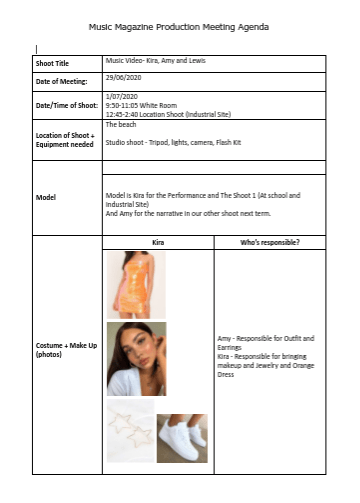For this task, we created an online concept moodboard in Canva to portray the star image of our artist Jorja Smith. We took the star and analysed the genre to create a ‘concept board’ on how they she is ‘represented‘. We found examples of news stories, incidents, events, digipak covers, music videos, articles, blogs, tweets that all contribute to their ‘star image’. The way they are represented is called their ‘metanarrative‘ (over arching story about them).

How our star is represented in our video and on the digipak and social media page is crucial in constructing the values, attitudes and beliefs of the artist in the mind of the target audience. Music videos are made primarily to promote the star, in order to sell their music, in order to make money. They are also constructed to construct a set of desires in the target audience to convey their thoughts and what they suggest. Media representations of the star image is crucial in terms of raising an audience awareness. They are essentially walking talking brands, who use their branding to advertise, publicise and sell to fans. Stars have to remain constantly interesting to keep the fans intrigued. This shows that the star image evolves and is constantly reinvented by media companies.
This task will help me in the future during the production of my music video because it will help us convey how we need to present our performer. This is because of the importance of the star image to the construct the values, attitudes and beliefs of the artist.













